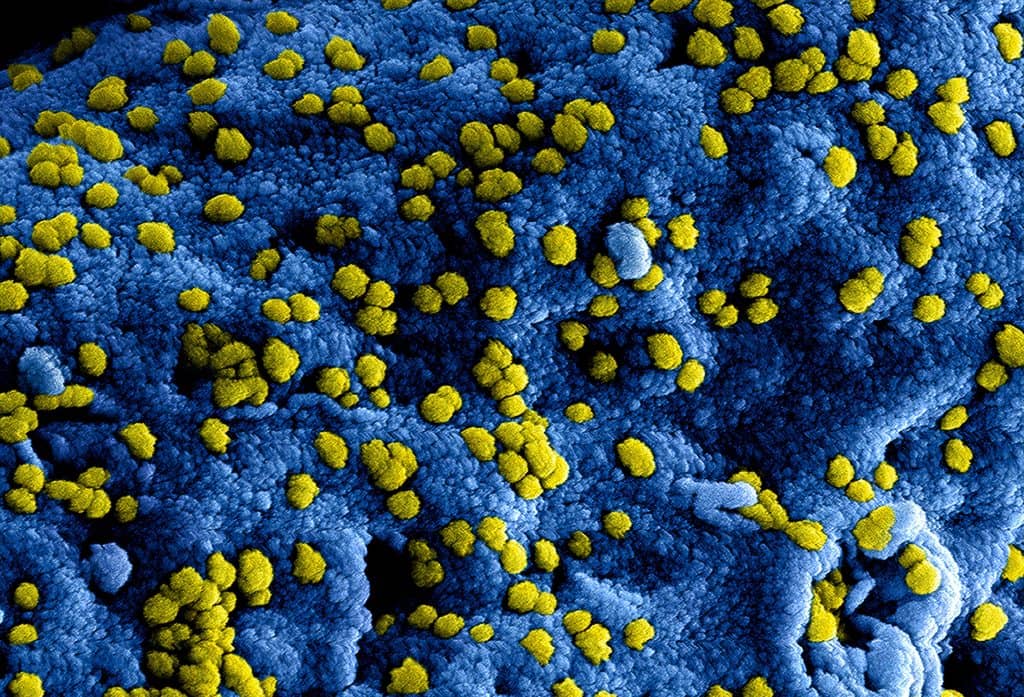
Way back in the late 1960s, telepathology, wherein images captured from the microscope to photographic plates, was invented. Later we saw the refined version of the same in digital pathology. The virtual microscope is used on digitized specimen slides and data is generated for evaluation. The entire information is available on a single slide. Whereas, in the traditional method, different tissues had to be taken on different slides and scrutinized under a microscope.
The major benefit of digital pathology is its ability to detect potential diseases that can develop in the future. Usage of Artificial Intelligence (AI) in digital pathology has gained popularity in recent times. It addresses the shortcomings of digital pathology – like, shortage of experienced pathologists, the processing of a huge amount of data available through patient care, and its classification and management. AI-based pathology data management reduces the errors caused in diagnosis & classification to a large extent.
AI-based computational pathology is transforming the face of Digital Pathology.
Let us see the top ways in which AI has brought about the transformation in Digital Pathology:
Patient-centric Treatments
AI can analyze data quickly. This helps doctors to take accurate decisions promptly with regards to prognosis & the line of treatment. AI is a life-saver when it comes to patients afflicted by cancer. Since there are various types of cancer with all possible diagnoses, taking a well-informed decision is often tough. Using AI in pathology diagnosis of common types of cancer is must faster. This leads to speedy treatment and chances of survival are enhanced. The doctor can also make a patient-centric evaluation on a case-to-case basis using AI-based pathology reports.
Faster results & saves time
Certain slides are labor-intensive. These slides require more time while analyzing. With AI such slides can be handled effectively. This gives the pathologists to use their time & efforts to focus on other challenging work. The perfect example is the Google-developed AI algorithm called Lymph Node Assistant. This helps to identify the metastatic breast cancer slides with 99% accuracy in half the time.
Ease of work for Pathologists

For the overworked and understaffed lab, AI is a boon. AI can flag cases that need detailed study and further investigation by the pathologist. The pathologists need not waste time detecting problem-free cases. For example, cases of biopsies – few of the biopsies are problem-free. AI can spot such cases swiftly and mark them as normal. The pathologists can focus on slides that need their attention on a priority basis. This eases the workflow of pathologists and improves their efficiency.
Data Management
The huge load of data generated is easily managed, analyzed, classified, and stored. The same can be easily retrieved for further studies. The Electronic Health Records information can be shared in real-time. AI manages huge datasets. This improves the efficiency of doctors and pathologists to a great extent. When it comes to saving lives, a large amount of handy detailed information is crucial.
Research & Development
AI is capable of capturing subtle patterns or any changes & give out information that could be missed by the human mind. Humans have limited visualization power. However, it is easy for AI to visualize these patterns or changes. It can also predict the effects through visualization. This leads to new learnings & discoveries. All this is a huge help in the development of the healthcare system.
Consistent Task Completion
AI technology can handle massive data with accuracy and publish reports in a detailed manner. The performance is purely based on software technology. The output is consistent and 100% accurate. There is no room for error due to overwork. Whereas in the case of pathologists, due to overwork or any other human shortcomings, they may tend to miss out on minor points. This is completely avoidable by the usage of AI in Digital pathology.
Conclusion
Each technology comes with pros & cons. Nevertheless, AI has its shortcomings like storage space limitations, the cost of incorporating AI in digital pathology, and more. With passing time, the cons will be outweighed. The cost of AI-based technology will be lower. In the future, we only see its advancement in digital pathology. The patients can avoid visiting doctors for initial diagnosis. He can add his data images in the app and get them checked by AI. The amount of time saved hugely increases the chances of quick recovery. The doctor can help the patient with accurate diagnosis and treatment. AI in digital pathology is beneficial to doctors, patients, and the entire healthcare system.
Aventior offers solutions for Metadata management for digital pathology. This is accurately done by using Artificial Intelligence technologies. Their Label Extraction Solution uses a combination of OCR technologies and AI to comprehend & store data from pathology slides. For more information regarding our Digital pathology and AI services, please feel free to contact us at info@aventior.com.
Tell Us for more about your requirements here



